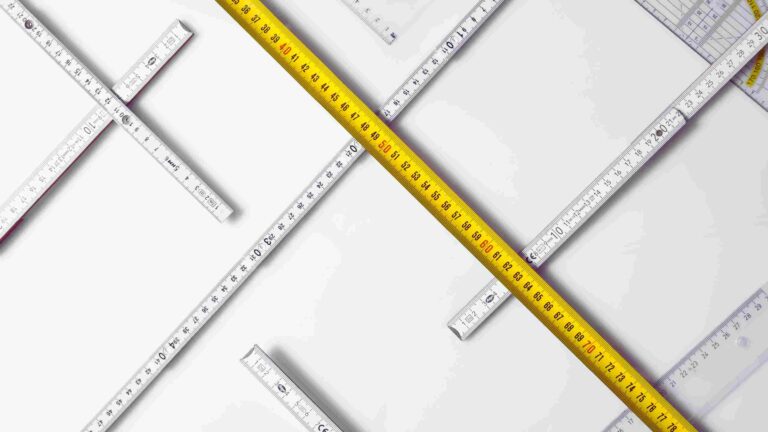When was it? I believe it was around 1992 or 1993 when I first heard the term EBITDA. I was initially confused because I heard at least four different name pronunciations.
I was skeptical from the very beginning. I saw way too many peers from the financial and operational ranks jumping on board too quickly with this so-called proxy for cash flow.
I’m not the EBITDA police. However, those who claim they are financial literacy experts should be some of the country’s most exceptional financial teachers and mentors, but they fail when they mention EBITDA. Accordingly, I want to explore four reasons why many financial statement readers cling firmly to their beloved EBITDA financial measure. I call this financial thinking the EBITDA conundrum.
G3VIP
To read the rest of the article, you need to log in as a G3VIP.







